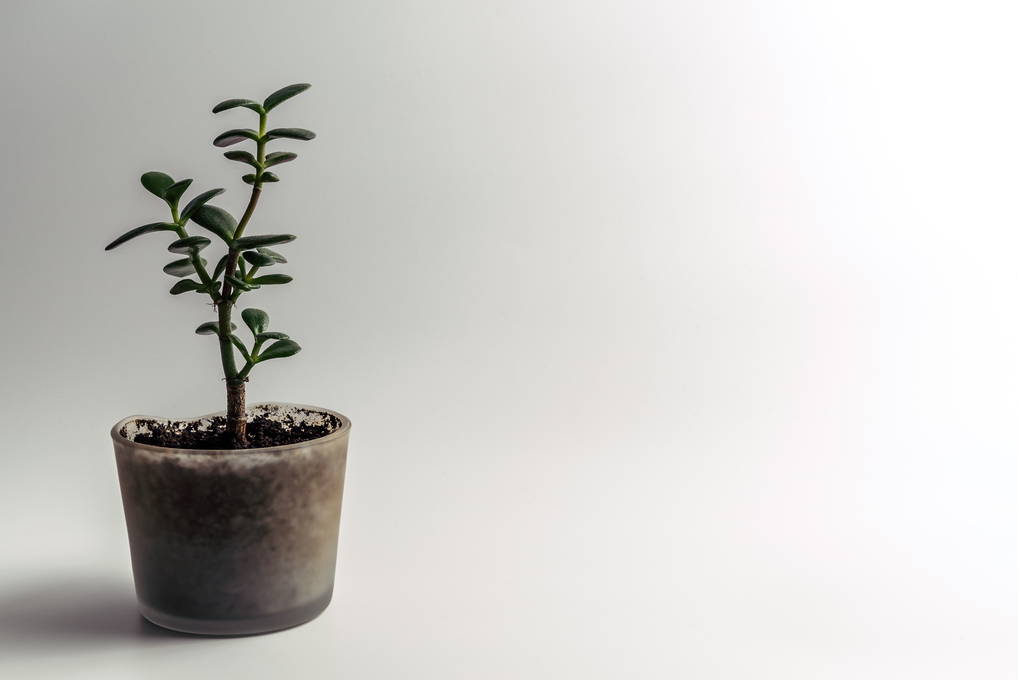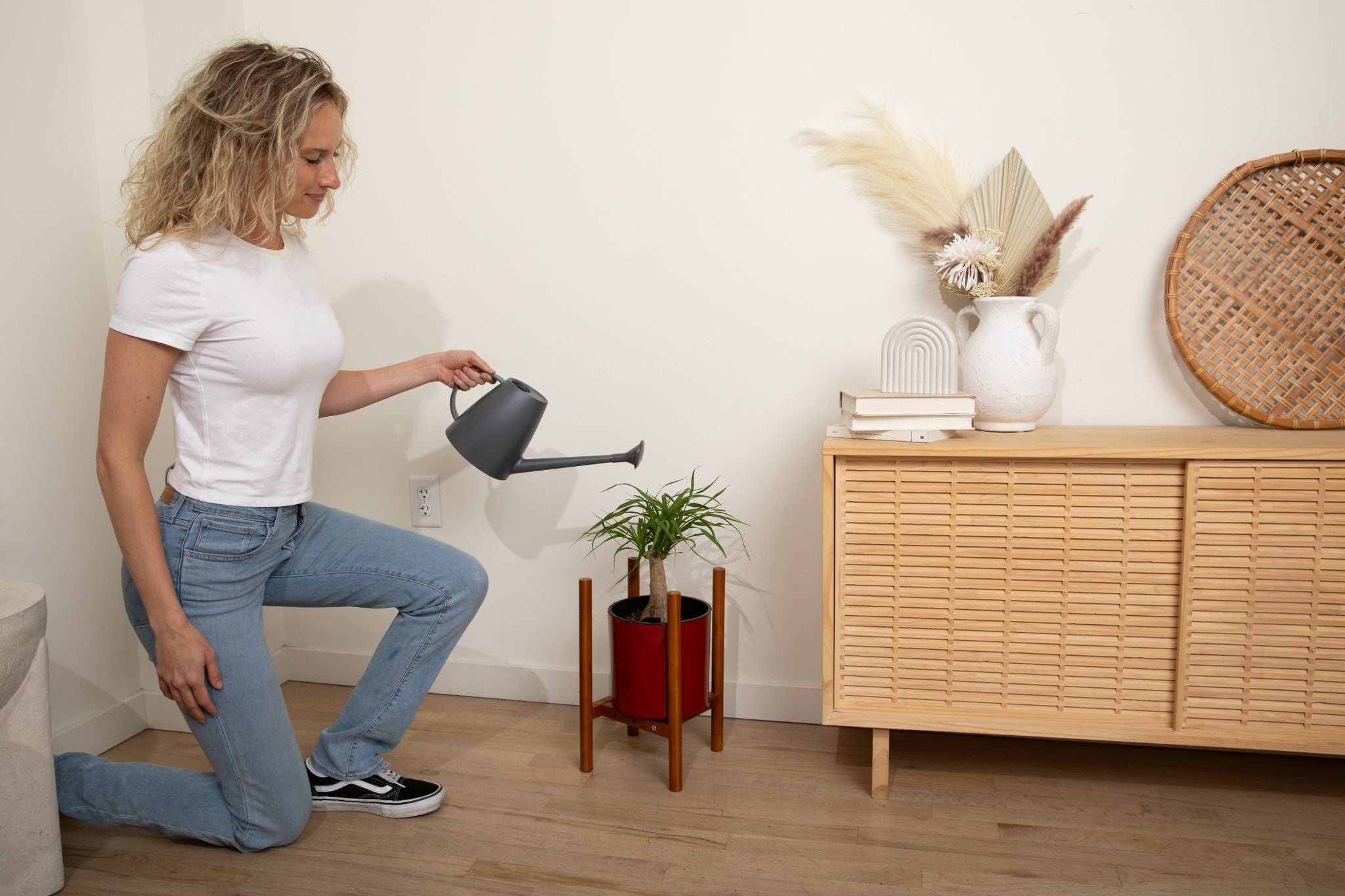Why Does My Jade Plant Look Sick?
Tips for Growing Healthy Jade Plants

Jade plant needing repotting
Jade plants are robust succulents, easy to grow, often with long lifespans. Jade plants can grow several feet tall, even resembling miniature trees. While jade plants are generally healthy succulents that tolerate a wide range of growing conditions, there are common diseases which affect jade plants. Knowing key succulent care requirements for jade plants will help novice gardeners grow healthy jade plants, while recognizing and treating diseases known to impact jade plants. Jade plants can suffer from several health issues that can turn lovely jade plants into dreary lackluster succulents.
What Causes Jade Plants to Look Sick?
There are several reasons why seemingly healthy jade plants may look sick. Luckily, there are cactus and succulent care products to help nurse jade plants back to health.
- Overwatering and poor drainage is one reason jade plants can become unhealthy. Jade plants do not require great quantities of water. Jade plants are succulents, which mean they retain moisture in their plump, thick leaves. They can get root rot, caused by bacterial pathogens if adequate water drainage is not achieved. In order to prevent jade plants from retaining too much water, it is important to plant jade plants in a pot designed for succulents. Either plastic succulent pots or ceramic succulent pots with excellent drainage are recommended. It is also important to plant jade plants in grainy soil that drains thoroughly and does not clump or retain moisture.
- Underwatering can cause dwarfing, foliage spotting, leaf drops and death. It is important to not splash water on leaves while watering. Using a watering can allows for more control over the amount of water given to your jade plant for proper succulent care and health.
Common Jade Plant Diseases and What to Do With Them
- Root rot is often an incurable disease jade plants can contract. Root rot is sometimes referred to as wet feet, which describes accumulation of water at the roots. While entire jade plants might not survive the dreaded root rot, the healthy part of the plant can be propagated and saved. This is accomplished by cutting off healthy leaves and rooting them. It is important to use proper tools such as Pro Snips with Stem Notch when cutting jade plants to get a perfect cut. It is recommended the leaves be treated with a product designed to control bacteria, fungus, virus and algae such as Physan 20 for the best succulent care.
- Bacterial soft rot causes jade plants to rot and collapse from the inside out. The key is to cut off the diseased parts of the jade plants, using a blade dipped in an anti-bacterial solution. Use a systemic bactericide and fungicide formulated for succulent plants such as Phyton 27 on the remainder of the jade plants and then repot with new potting mix. If bacterial soft rot is caught quickly and treated, jade plants can survive and avoid infecting other nearby plants.
- Black ring disease causes black rings or spots on the underside of a jade plant’s leaves. Viruses are spread by insects, so the best solution is to control the infestation of insects known to bother jade plants. An effective and natural treatment for pest control and increased succulent care is GET OFF ME! treatment, which acts exactly like its name implies. For the annoying fungus gnats known to visit jade plants, which is also a sign of overwatering, Mosquito Bits is a natural formulation to rid jade plants of the nasty gnats. Again, after treatment for black ring disease or other insect infestations, it is recommended to repot jade plants in a fresh potting mix.
- Powdery Mildew is another disease jade plants can contract. This disease manifests as white scabs or marks on the leaves of jade plants. Luckily, Phyton 27 is also an effective treatment for this condition. After treatment for powdery mildew, you should also repot jade plants in a new potting mix.
While there are many reasons jade plants might look sick, you can apply treatments to help ailing jade plants as well as taking preventative measures such as refreshing its potting mix. As the old adage goes, an ounce of prevention is worth a pound of cure.

